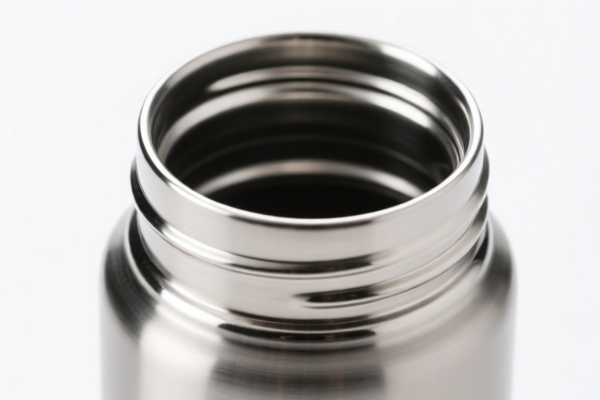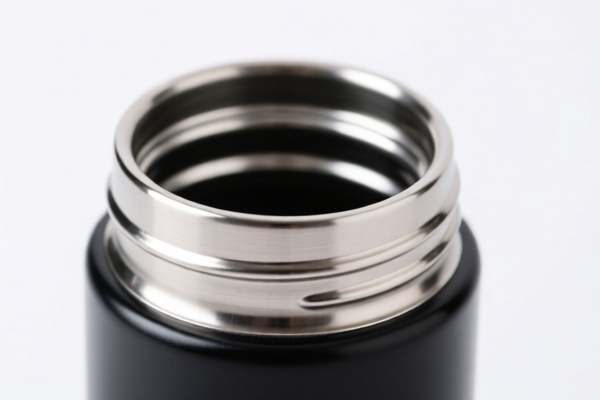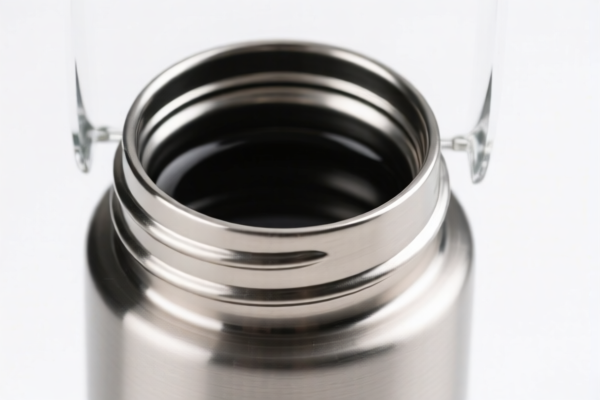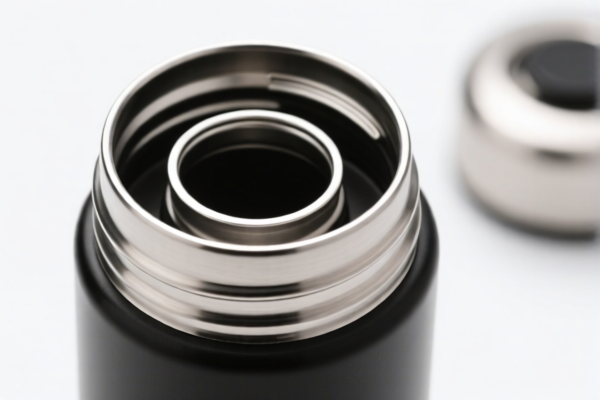| HS Code | Official Doc | Tariff Rate | Origin | Destination | Effective Date |
|---|---|---|---|---|---|
| 6911103510 | Doc | 63.5% | CN | US | 2025-05-12 |
| 6911105200 | Doc | 45.5% | CN | US | 2025-05-12 |
| 6912001000 | Doc | 38.2% | CN | US | 2025-05-12 |
| 6912004500 | Doc | 34.5% | CN | US | 2025-05-12 |
| 7013411000 | Doc | 52.5% | CN | US | 2025-05-12 |
| 7013495010 | Doc | 45.0% | CN | US | 2025-05-12 |
| 7010905005 | Doc | 55.0% | CN | US | 2025-05-12 |
| 7010905055 | Doc | 55.0% | CN | US | 2025-05-12 |
| 7115906000 | Doc | 59.0% | CN | US | 2025-05-12 |
| 7115903000 | Doc | 58.9% | CN | US | 2025-05-12 |
| 3924102000 | Doc | 44.0% | CN | US | 2025-05-12 |
| 3926901600 | Doc | 40.6% | CN | US | 2025-05-12 |
| 3926909910 | Doc | 42.8% | CN | US | 2025-05-12 |




Soup Bowl
A soup bowl is a type of bowl designed for consuming soups, stews, and other liquid dishes. Its primary characteristic is a wider, shallower profile compared to other bowl types, facilitating easier consumption of liquids with a spoon.
Material
Soup bowls are manufactured from a variety of materials, each offering distinct properties:
- Ceramic: The most common material, including porcelain, stoneware, and earthenware. Ceramic bowls are durable, retain heat well, and are often decorated. Porcelain is known for its elegance and chip resistance, while stoneware is more rustic and robust.
- Glass: Offers visibility of the soup's contents and is often used for aesthetic presentation. Tempered glass is resistant to thermal shock.
- Plastic: Lightweight and inexpensive, often used for casual dining or outdoor use. Melamine is a durable plastic option.
- Metal: Stainless steel is durable and retains heat, often used in commercial kitchens or for specific soup types.
- Wood: Less common, but can be used for specific cultural soups or presentations.
Purpose & Function
The core function of a soup bowl is to hold and facilitate the consumption of liquid foods. The wider rim assists in guiding the soup to the spoon, minimizing spills. The bowl’s shape also allows for easier stirring and addition of garnishes. Some designs incorporate features like handles for improved grip, particularly for hot soups.
Usage Scenarios
- Home Dining: Everyday use for individual servings of soup.
- Restaurants & Cafés: Serving soups as appetizers or main courses.
- Buffets: Holding soup for self-service.
- Formal Occasions: Porcelain soup bowls are often used in formal table settings.
- Cultural Traditions: Specific soup bowls are associated with particular cuisines and soups (e.g., ramen bowls, pho bowls).
Common Types
- Standard Soup Bowl: The most common type, typically with a capacity of 12-16 ounces.
- Rimmed Soup Bowl: Features a raised rim to prevent spills and aid in spooning.
- Coupe Soup Bowl: A rounded bowl with a wider opening, often used for cream-based soups.
- Double-Walled Soup Bowl: Provides insulation to keep soup warmer for longer.
- Ramen Bowl: Larger and deeper than standard soup bowls, designed for ramen noodles and broth. Often made of ceramic.
- Pho Bowl: Similar to ramen bowls, but often wider and shallower, typically used for pho noodles and broth.
- French Onion Soup Bowl: Specifically designed with a wide opening and a heat-resistant handle for broiling with cheese.
- Miso Soup Bowl: Smaller, often made of lacquerware or ceramic, used for serving miso soup.
Soup bowls fall under articles of tableware, kitchenware, or other household articles. Here are the relevant HS codes based on the provided reference material:
-
6911103510: This HS code covers tableware, kitchenware, and other household articles of porcelain or china. Specifically, it includes tableware and kitchenware, other items available in specified sets. This code applies to plates not over 27.9 cm, teacups and saucers, mugs, and soups (not over 22.9 cm).
- 69: Chapter 69 covers ceramic products.
- 11: Heading 11 specifies tableware, kitchenware, and other household articles of porcelain or china.
- 3510: Subheading 3510 further defines this as other items available in specified sets. The tax rate is 63.5% (26.0% base tariff, 7.5% additional tariff, and 30.0% additional tariff after April 2, 2025).
-
6911105200: This HS code also covers tableware, kitchenware, and other household articles of porcelain or china. It includes cups valued over $8 but not over $29 per dozen, saucers valued over $5.25 but not over $18.75 per dozen, and soups valued over $9.30 but not over $33 per dozen.
- 69: Chapter 69 covers ceramic products.
- 11: Heading 11 specifies tableware, kitchenware, and other household articles of porcelain or china.
- 5200: Subheading 5200 further defines this as other items with specific value ranges. The tax rate is 45.5% (8.0% base tariff, 7.5% additional tariff, and 30.0% additional tariff after April 2, 2025).
-
3924102000: This HS code covers tableware, kitchenware, and other household articles of plastics, specifically plates, cups, saucers, soup bowls, cereal bowls, sugar bowls, creamers, gravy boats, serving dishes, and platters.
- 39: Chapter 39 covers plastics and articles thereof.
- 24: Heading 24 specifies tableware, kitchenware, and other household articles of plastics.
- 102000: Subheading 102000 further defines this as plates, cups, saucers, soup bowls, cereal bowls, sugar bowls, creamers, gravy boats, serving dishes, and platters. The tax rate is 44.0% (6.5% base tariff, 7.5% additional tariff, and 30.0% additional tariff after April 2, 2025).
It is important to determine the material of the soup bowl (porcelain/china or plastic) to select the correct HS code. If the bowl is made of porcelain or china, consider the value per dozen to determine between HS code 6911103510 and 6911105200. If the bowl is made of plastic, HS code 3924102000 is applicable.
Customer Reviews
No reviews yet.